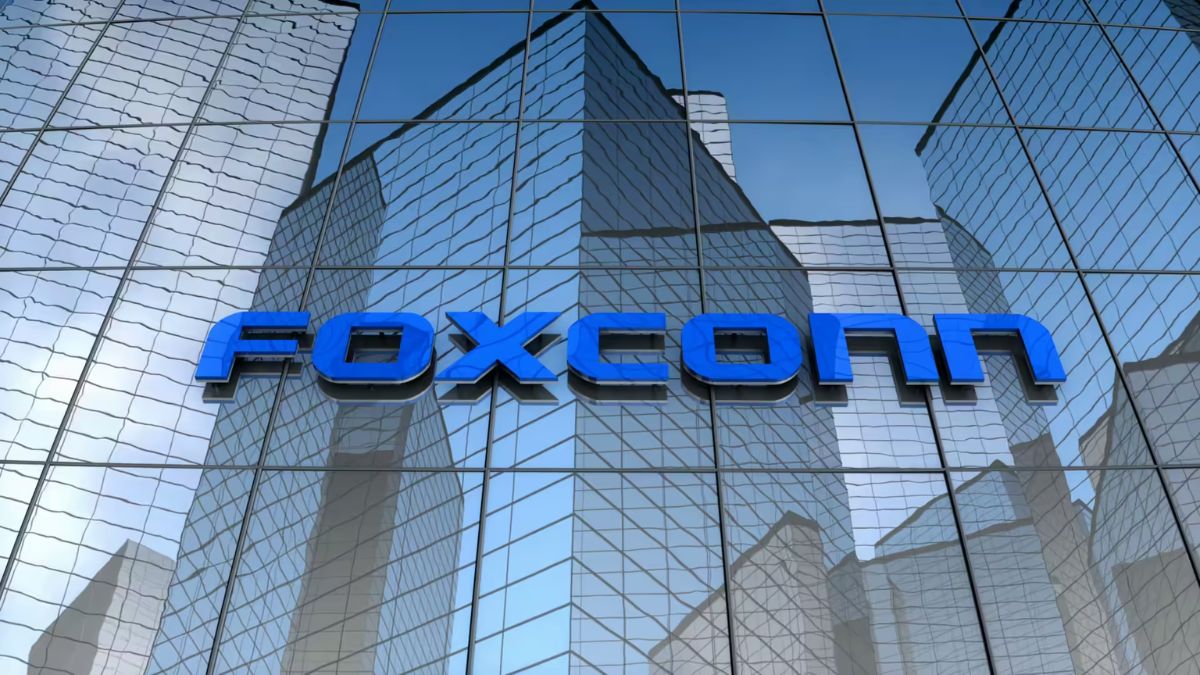Necessary Always Active
Necessary cookies are required to enable the basic features of this site, such as providing secure log-in or adjusting your consent preferences. These cookies do not store any personally identifiable data.
|
||||||
|
||||||
|
||||||
|

Foxconn has announced plans to work with SoftBank to produce data center equipment at its former electric vehicle factory in Ohio. According to TechinAsia, the Foxconn-SoftBank Ohio initiative is part of the Stargate project which is aimed at advancing US AI infrastructure.
According to Foxconn Chairman Young Liu, the electronics contract manufacturer will continue operating the Ohio plant through a joint venture with SoftBank. Earlier this month, SoftBank purchased Foxconn’s Ohio plant to enable it to launch data centers for the Stargate AI infrastructure project.
The Stargate project, which was announced by US President Donald Trump in January 2025, is a $500 billion private sector investment in AI infrastructure. It is a joint venture between Oracle, OpenAI, and SoftBank. The two firms started preparatory work for the data center project more than six months ago.
“We understand that for this project, the first priorities are power, venue, and timing — it cannot be delayed for too long. Taking all these factors into account, we believe Ohio is a very suitable location, and SoftBank shares this view,” Liu told reporters.
Liu added that the firms preferred the Ohio plant due to its power capacity and availability.
Ohio’s AI manufacturing capabilities explain why the Foxconn-SoftBank partnership prioritized early preparation. The state currently ranks fourth in the US with 172 data centers. However, the American Electric Power (AEP) in the state has paused new service agreements and has a queue of 50+ customers seeking more than 30,000 MW.
Recently, Ohio made regulatory changes requiring large data center customers to pay for 85% of their subscribed energy capacity. This rule is aimed at ensuring that infrastructure costs do not affect other utility customers.
Ohio’s emergence as a data center hub has led to significant power infrastructure challenges which make timing a critical aspect for Foxconn and SoftBank. Companies that get regulatory approvals and power allocations first will have a significant competitive edge in the highly competitive AI infrastructure market.
SoftBank and Foxconn enjoy an established partnership, having previously worked together on multiple projects. Their collaboration builds on nearly a decade of joint ventures. The two firms first partnered in renewable energy projects in 2015. In 2017, they established a joint venture where Foxconn invested $600 million in SoftBank’s asset management company for a 54.5% stake.
This relationship significantly reduces execution risks associated with complex infrastructure projects. The early preparation also points to a methodical approach that the two firms take in complex projects as opposed to joining high-stake ventures.
Both Foxconn and SoftBank appear keen on leveraging the data center boom. Last week, Foxconn projected a significant increase in its third quarter revenue after announcing that in the second quarter, it generated more income from its AI server unit than its smart electronics business.
The company said it expects its AI server revenue to grow by more than 170% YoY in the next quarter. Foxconn has been riding the data center boom as cloud computing firms like Google, Amazon, and Microsoft invest billions to expand their research capacity and AI infrastructure. Revenue from cloud and networking products accounted for 41% of Foxconn’s second quarter revenue while smart consumer product revenue represented 35%.
Foxconn expects revenue from its smart electronics business to decline slightly in the third quarter as its server business grows.
“AI has been the primary growth driver so far this year,” Foxconn CEO Kathy Yang said during the earnings call.
She however warned that “close attention is needed due to the impact of changes in tariffs and exchange rates”.
Foxconn said that its capital spending will rise by over 20% in 2025 as it boosts server production capacity in its Wisconsin and Texas plants.